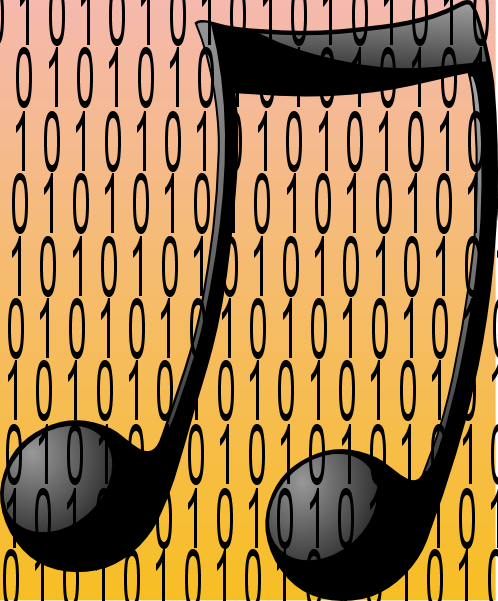Quick and dirty method
This method uses Muso as the main editing tool as well as the library manager. the main difference from the recommended method is that it does not use MusicBrainz (directly) or Picard. As the heading implies, it is quite basic:
- Tag your music folder using your preferred tagger (e.g. SongKong - see here for setup suggestions).
- Import your music folder to Muso (full scan). (Import Part into Muso's Title and Work into Muso's Group Header, if using SongKong - use conditional imports)
- Review each album in the "album page" in Muso to see if the tags make sense and comply with the scheme described here.
- If they are not as you wish, edit the tags in Muso accordingly. In particular set/confirm the group headings for each work.
Ther are a number of disadvantages with this method:
- the tags are only stored on your local computer. If you lose the data, you have to go through the whole process again to re-rip and re-tag your music. If you do not write the tags to the music files, then the only place they are stored is in the Muso database.
- you are potentially missing information stored in MusicBrainz
- it does not necessarily provide correct sorting of artists. If the song files have no sort keys, then artists will be sorted by first name, except for composers who appear in the roster in Muso (Tools->Options->Classical). Sometimes sort keys will be provided on ripping or downloading music, or you may have added your own. If these are consistent with the LMS tagging scheme, then they will be included in Muso if you have imported via LMS. Otherwise, you can explicitly state them (in Tools->Options->Music Sources) and import directly.
